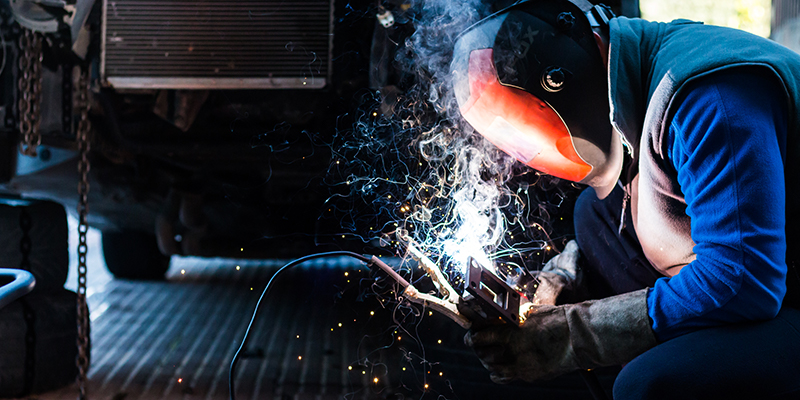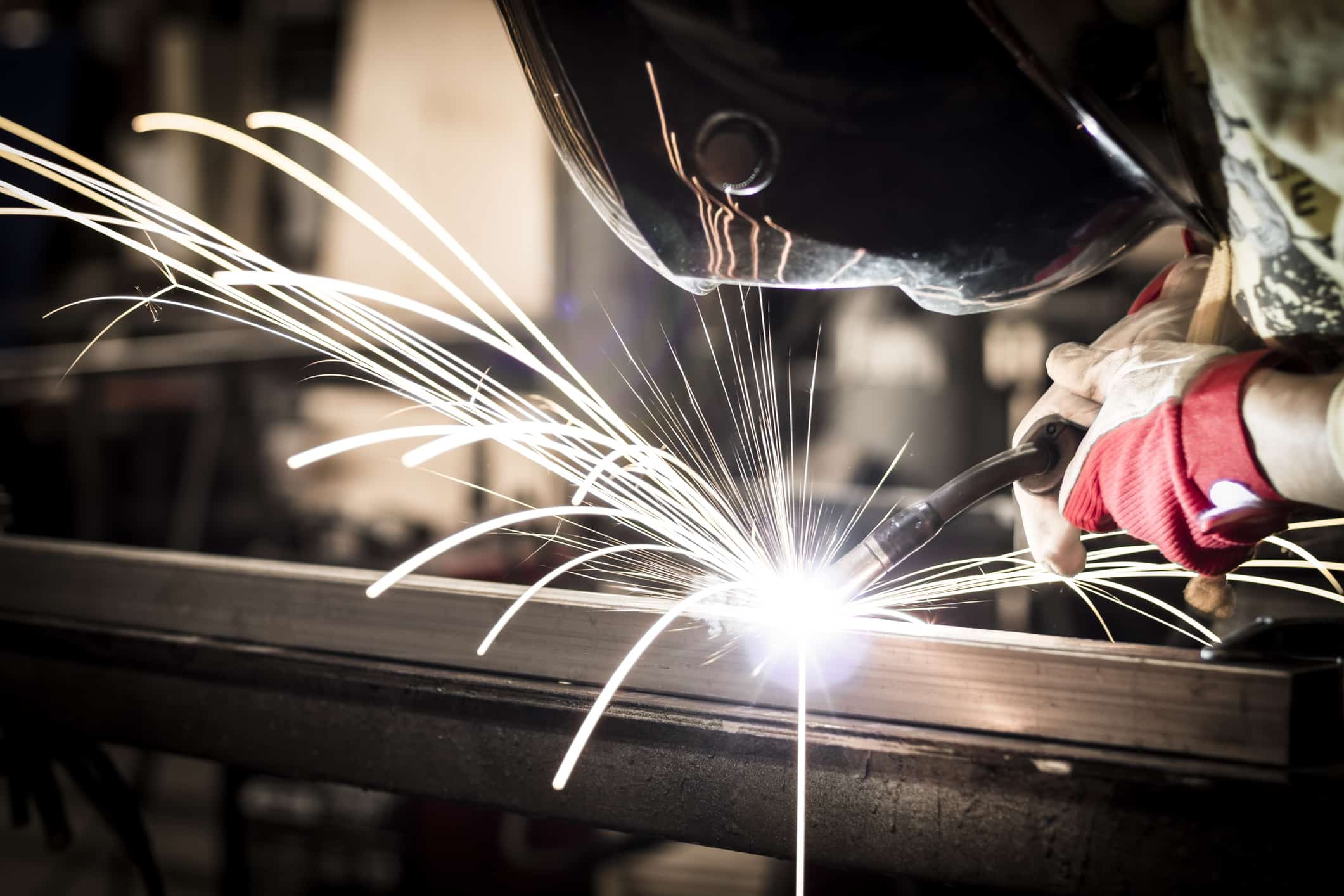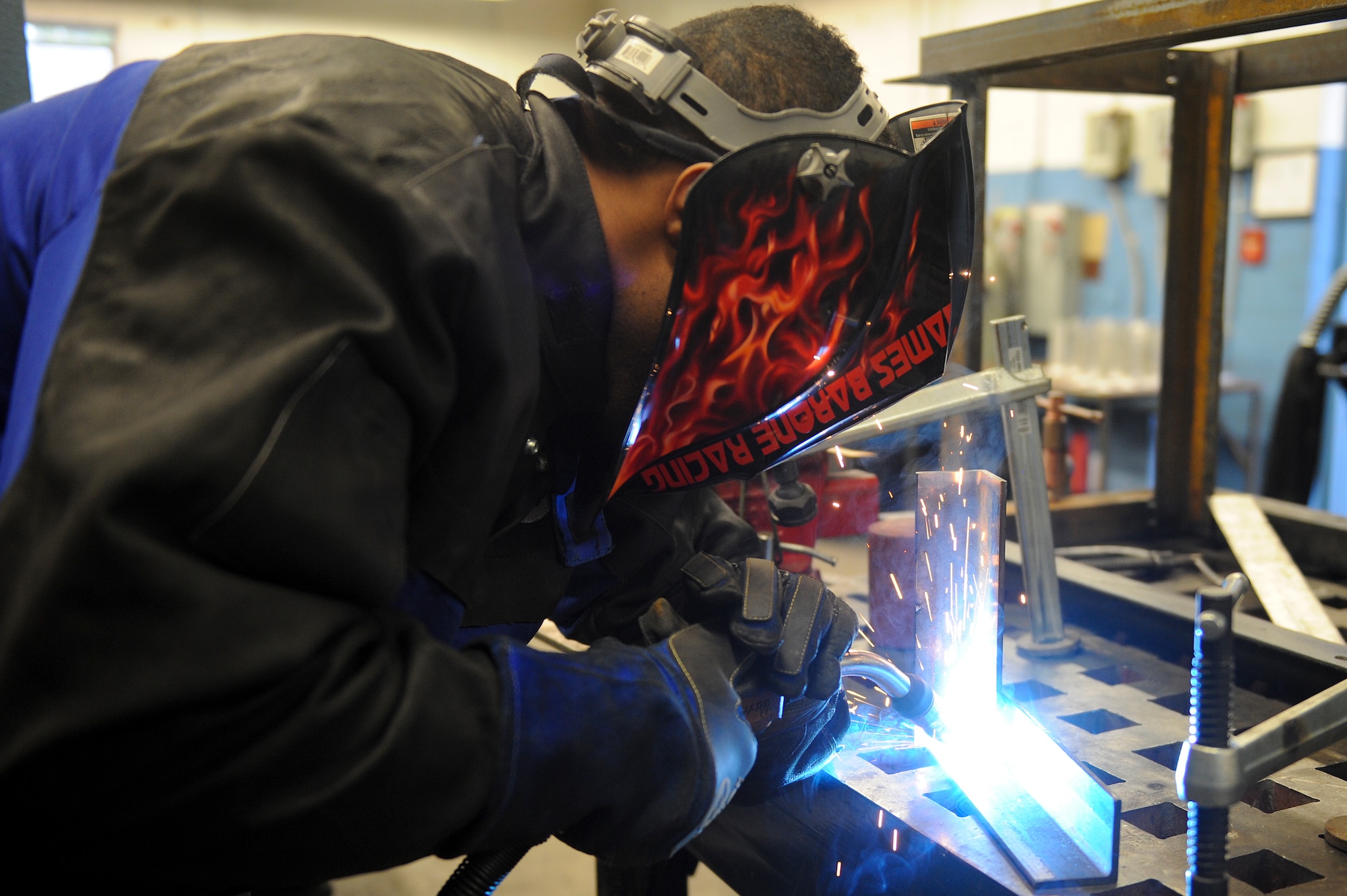Common Welding Repair Work Issues and Just How to Address Them Effectively
Welding repair services usually encounter a series of concerns that can endanger the integrity of the final item. Usual troubles include poor infiltration, porosity, and misalignment, to name a few. Each issue offers one-of-a-kind challenges that require particular approaches for resolution. Recognizing these issues is necessary for welders aiming to enhance their skills and end results. This conversation will check out these common welding repair work issues and effective approaches to resolve them.
Insufficient Penetration
Inadequate infiltration occurs when the weld metal falls short to completely fuse with the base product, leading to weak joints and possible architectural failings. This issue typically originates from insufficient heat input, incorrect electrode angle, or improper welding rate. Welders might run into inadequate penetration as a result of a miscalculation of the needed parameters for a certain material thickness or type. In addition, contamination on the base material's surface area can hinder efficient bonding, intensifying the problem. To address poor infiltration, welders ought to assure ideal setups on their tools and maintain a tidy work surface area. Routine evaluation of welds is advised to identify any kind of shortages early, enabling timely corrections and the avoidance of endangered architectural integrity in bonded assemblies.
Porosity
Porosity is a common flaw in bonded joints that manifests as little gas bubbles entraped within the weld steel. This flaw can compromise the honesty of the weld, bring about reduced strength and possible failure under tension. Montana Mobile Welding and Repair Belgrade Fabrication. Porosity commonly arises from contamination, dampness, or improper welding methods, which permit gases to leave into the liquified weld pool. To address porosity, welders need to ensure correct surface preparation, keep a tidy workplace, and make use of appropriate welding criteria. Furthermore, selecting the right filler material and protecting gas can reduce gas entrapment. Routine evaluation and testing of welds can aid recognize porosity early, guaranteeing prompt corrective actions are taken, thus preserving the quality and integrity of the welded framework
Misalignment
Misalignment in welding can develop from various elements, consisting of inappropriate arrangement and thermal expansion. Recognizing the source is crucial for efficient resolution. Several improvement methods are readily available to straighten components and assure structural integrity.
Root causes of Imbalance
Welding misalignment frequently originates from a selection of underlying issues that can jeopardize structural honesty. One main reason is incorrect fit-up of parts prior to welding, which can cause voids and irregular surfaces. Variations in thermal growth during the welding process can additionally result in distortion, particularly if the products being joined have different coefficients of development. Furthermore, inadequate clamping and fixturing might fall short to hold parts firmly in position, resulting in activity throughout welding. Badly conserved devices, consisting of welding equipments and devices, may introduce inconsistencies in the weld grain, further adding to misalignment. Operator mistake, stemming from inadequate training or experience, can also play a considerable role in producing misaligned welds.

Improvement Techniques Available
Dealing with misalignment efficiently calls for a combination of rehabilitative strategies tailored to the specific concerns handy. One usual approach is using jigs or fixtures to hold elements in the correct setting during welding, ensuring regular positioning. Furthermore, pre-heating the products can help in reducing distortion and boost fit-up. For substantial imbalance, mechanical realignment techniques, such as making use of hydraulic jacks or clamps, can be employed to deal with the position before welding. Post-weld heat therapy might likewise be required to soothe tensions created by imbalance. Cautious examination and change during the configuration phase can protect against misalignment issues from coming to be substantial problems, promoting a smoother welding process and boosting total structural stability.
Distortion
Distortion is a common difficulty in welding that can emerge from different elements, consisting of uneven cooling and heating. Recognizing the sources of distortion is necessary for applying reliable prevention strategies. Addressing this problem not only improves architectural integrity but additionally boosts the overall top quality of the weld.
Reasons for Distortion
When based on the intense heat of welding, materials often undertake modifications that can bring about distortion. This sensation primarily emerges from thermal expansion and contraction during the welding procedure. As the weld location warms up, the product broadens; upon cooling, it gets, which can produce interior stress and anxieties. On top of that, uneven home heating across a work surface can intensify these stresses, leading to bending or bending. The sort of material likewise plays a substantial function; steels with varying thermal conductivity and coefficients of expansion may react differently, leading to unforeseeable distortions. Inadequate joint design and poor fixturing can contribute to imbalance throughout welding, boosting the likelihood of distortion. Understanding these reasons is important for effective welding repair and prevention strategies.
Avoidance Techniques
Reliable avoidance methods for distortion throughout welding concentrate on regulating warm input and making certain correct joint style. Keeping a consistent heat input assists to lessen thermal development and contraction, which can cause distortion. Making use of methods such as pre-heating the work surface can also reduce the temperature level slope, advertising consistent home heating. Additionally, picking appropriate joint layouts, such as T-joints or lap joints, can boost security and lower anxiety focus. Applying correct fixturing to safeguard the workpieces in position additionally aids in keeping alignment throughout the welding procedure. Staggered welding sequences can distribute heat extra uniformly, stopping localized distortion. By using these approaches, welders can considerably decrease the probability of distortion and improve the overall top quality of their welds.
Cracking
Splitting is an usual issue come across in welding repair work, commonly resulting from different elements such as inappropriate air conditioning rates, product choice, or poor joint preparation. The event of splits can substantially jeopardize the stability of the weld, resulting in possible failures during procedure. To address this concern, welders should first examine the source, guaranteeing that materials are compatible and appropriately selected for the specific application. Additionally, controlling the cooling rate throughout the welding procedure is important; fast air conditioning can induce stress and anxiety and cause breaking. Proper joint layout and prep work additionally contribute to lessening the threat. Implementing these strategies can improve weld high quality and longevity, eventually decreasing the likelihood of splitting in completed weldments.

Incomplete Blend
A substantial issue in welding repairs is insufficient fusion, which happens when the weld steel does not sufficiently bond with the base product or previous weld passes - Montana Mobile Welding and Repair. This flaw can lead to weak points in the joint, potentially compromising the integrity of the welded structure. Aspects adding to incomplete fusion consist of not enough warm input, inappropriate welding method, and contamination of the surface areas being joined. To address this concern properly, welders should assure appropriate pre-weld cleaning and surface area prep work, as butt fusion welding well as readjust their welding parameters to accomplish adequate infiltration and fusion. Normal assessment throughout the welding procedure can likewise aid identify incomplete blend early, enabling timely rehabilitative steps to enhance the overall high quality of the weld
Overheating
While welding repairs can improve architectural honesty, overheating presents a considerable challenge that can result in product degradation. Too much warm during welding can alter the mechanical residential properties of metals, causing decreased strength, raised brittleness, and warping. This phenomenon is especially vital in high-stress applications where structural dependability is vital. Determining overheating can include visual assessments for discoloration or distortion, in addition to monitoring temperature throughout the welding procedure. To minimize the threats connected with overheating, welders must employ suitable techniques, such as regulating heat input, adjusting travel speed, and utilizing appropriate filler products. Additionally, executing pre- and post-weld warm treatments can assist bring back product buildings and improve the overall quality of the repair service, guaranteeing lasting efficiency and safety.
Frequently Asked Concerns
What Are the Usual Indications of a Welding Problem?

Just How Can I Check My Welds for Quality?
To check welds for high quality, one can use aesthetic evaluations, ultrasonic screening, and radiographic approaches. Each strategy assures structural honesty, recognizes flaws, and verifies adherence to specified requirements, eventually enhancing the integrity of the bonded joints.
What Safety and security Preventative Measures Should I Take While Welding?
When welding, one must prioritize safety and security by using appropriate individual protective devices, making sure proper air flow, securing flammable materials away, maintaining a clean work space, and recognizing environments to stop mishaps and injuries.
Can I Repair a Weld Without Redesigning the Entire Joint?
Repairing a weld without remodeling the whole joint is feasible, relying on the damage (Montana Mobile Welding and Repair Belgrade Welding). Methods such as grinding, adding filler product, or utilizing airco welder a welding procedure can effectively deal with specific problems while preserving the surrounding framework
What Tools Are Necessary for Efficient Welding Fixes?
Vital devices for effective welding fixings consist of a welding maker, cord brush, grinder, protective gear, clamps, and filler materials. Each tool plays an important role in ensuring top quality and safety throughout the repair procedure. Porosity usually occurs from contamination, wetness, or incorrect welding methods, which permit gases to leave into the liquified weld swimming pool. Improperly maintained tools, consisting of welding machines and tools, might present disparities in the weld bead, additional contributing to imbalance. When subjected to the extreme warmth of welding, products usually undergo changes that can lead to distortion. Fracturing is a typical concern encountered in welding repairs, frequently resulting from different elements such as incorrect cooling rates, material option, or insufficient joint preparation. A substantial issue in welding repair services is insufficient blend, click for info which happens when the weld steel does not effectively bond with the base material or previous weld passes.